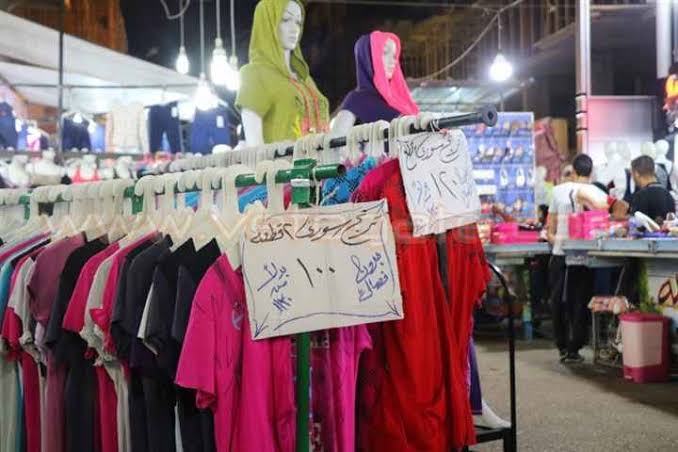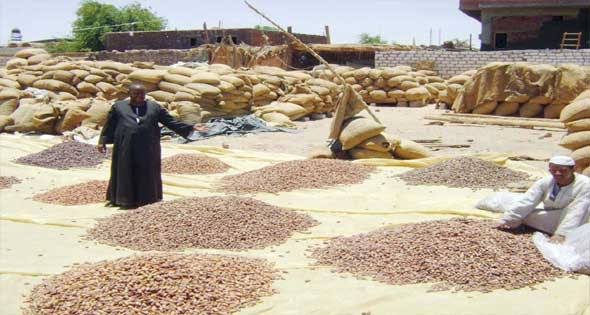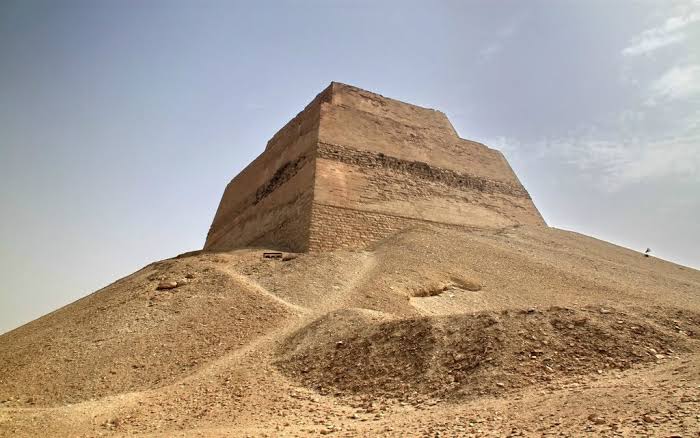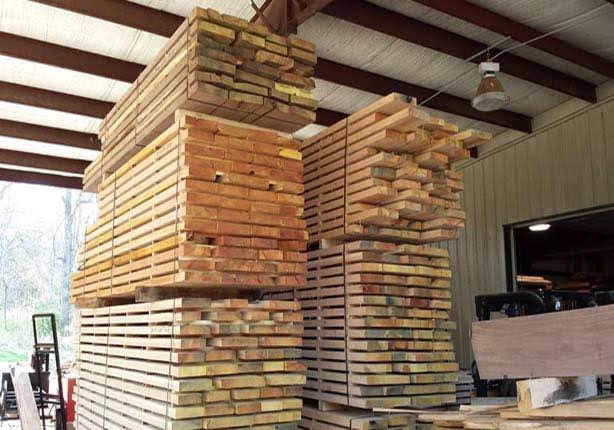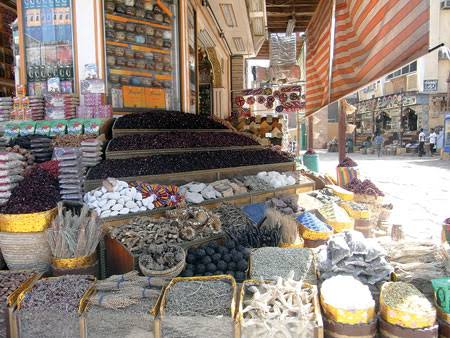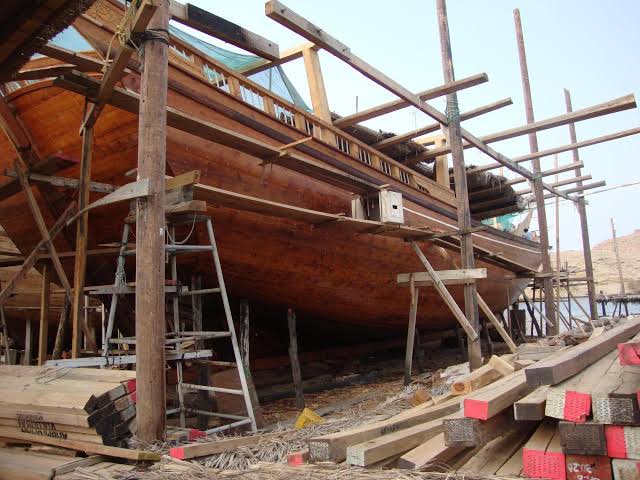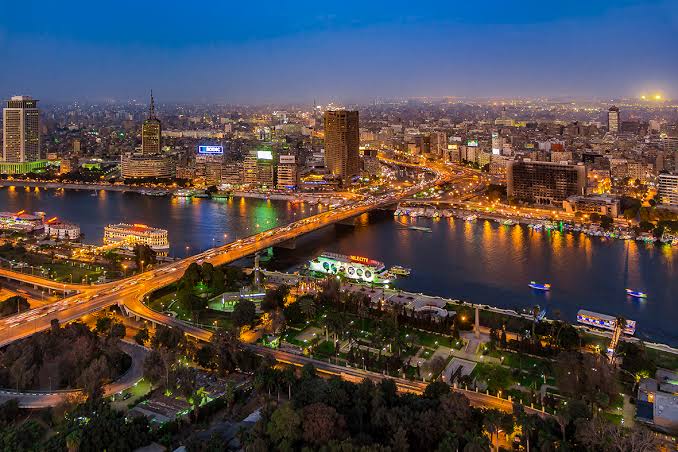http://weekly.ahram.org.eg/News/27269.aspx
Heritage
GEM countdown begins
The Grand Egyptian Museum on the Giza Plateau is well on its way to its grand opening in 2020, writes Nevine El-Aref
Overlooking the Pyramids on the Giza Plateau, the Grand Egyptian Museum (GEM) with its eye-catching trapezoidal architectural design and distinguished external wall is surrounded by workers, engineers and consultants all wearing gloves and yellow helmets and hard at work.
They are absorbed and driven in spite of the heat to complete the construction of the long-awaited 500,000 square metres of the new museum, whose spacious, transparent marble-fronted building offers an enormous panoramic view of the Giza Plateau.
"The work is at full swing, and the site is a hive of activity to complete this gigantic and long-awaited project," Atef Moftah, supervisor-general of the GEM project, told Al-Ahram Weekly. The project is almost complete architecturally in work that has been done in collaboration with the Engineering Authority of the Armed Forces, but the archaeological displays are still being completed.
Moftah said a final revision of the bid documents was taking place in order to launch work in June among the shortlist of companies and consortiums that were selected last year to enter the open tender to manage the facilities of the GEM.
The facilities include a 1,000-seat conference centre, a 500-seat cinema, eight restaurants, with two overlooking the Giza Pyramids, an open-air theatre, food courts, bookshops and other retail outlets with 28 shops, a traditional arts and crafts centre, a spacious piazza for festivals of more than 15,000 participants and a multifunctional building.
Moftah said that the Ministry of Antiquities was the only authority responsible for the management and security of the GEM's collection, as well as everything related to antiquities, such as the exhibition halls, the maintenance and restoration centre, and the children's museum.
He said that the surface area of the indoor exhibition was 35,000 metres and the outdoor one was 55,000 metres, while the commercial and investment area was more than 65,000 metres and would provide revenue for the project.
A state-of-the-art security system has been installed in the museum to detect the movement of every artefact in the collection as well as the corridors, galleries, laboratories, storage areas, and the garden via cameras installed inside and outside the museum and in its external walls.
Moftah described the GEM as "the largest and most significant cultural project in the world today that will change Egypt's tourism map. It will be a wonderful attraction that will blend history with a modern and authentic twist."
Egypt is the world capital of cultural tourism, he said, adding that nothing could make a bolder statement than when this magnificent new museum sees its official opening with the completion of the Giza Plateau Development Project and the area around the GEM as a whole.
In the development of the area surrounding the GEM, the Al-Remaya Club has been relocated to another place on the Cairo-Ain Sokhna Road and its previous area will be connected to another 52-feddan plot of land located beside the ring road to form a cultural and entertainment zone for the museum's visitors and the area's inhabitants.
Moftah added that after the opening of the museum and the development of the area around it, more and more tourists will want to extend their stays in Cairo from the present two to five nights or beyond.
The area around the GEM was also now under development in collaboration with the ministries of housing and new urban communities, defence, and irrigation along with the Cairo governorate. The project will be executed in phases, with the first one already started with the building of the surrounding roads.
Two roads with four lanes each have been created in the northern and southern areas to reduce traffic around the GEM, in addition to the digging of the 1.2km Fayoum Road Tunnel to solve traffic problems in the area between Al-Remaya Square, the Faisal and Pyramid Roads and the Fayoum-Alexandria Road.
"Ninety-five per cent of the work has been completed, and the digging of the tunnel has already started beside the land of the Al-Remaya Club," Moftah said. He added that a metro station would be built in the vicinity of the GEM, with ideas in the pipeline to lay on transport between the Egyptian Museum in Cairo, the GEM, and the National Museum of Egyptian Civilisation.
These are being studied by the prime minister and the ministers of antiquities, and housing, and the Cairo and Giza governors.
EXHIBITION: The newly transported obelisk from the San Al-Hagar archaeological site in Zagazig will be part of the collection of the GEM.
It will be put on show in the Obelisk Square at the GEM's main entrance. It will be the first obelisk in the world to be placed in a special display offering visitors the opportunity to walk beneath it and see the cartouche of king Ramses II engraved on its bottom.
Ancient Egyptian royal figures used to engrave their cartouches on the bottoms of obelisks as a mark of ownership.
The estimated cost of the GEM project is $1.6 billion, with costs increasing as a result of various delays but still being trimmed by some $770 million. Some 44 of the 87 large objects that will be exhibited on the GEM's grand staircase have been transported.
Moftah told the Weekly that the GEM had a 17-metre esplanade in front of it and a striking architectural design that incorporated a wall 50 metres high and 800 metres long with a total surface of 27,000 square metres.
The design was complicated, and its construction would cost $186 million according to a study carried out at the beginning of the project because the marble used was imported from Italy. The cost had increased to almost $200 million in 2016-2017 when the construction of the wall began.
As a result, Moftah said a decision had been taken to rationalise the construction without compromising the quality of the material used. "We kept the original vision of the designer, but with a little twist," Moftah said, adding that Egyptian materials were used in the wall construction instead such as the transparent marble and metal frame at a lesser cost.
The GEM project was launched in 2002 in order to build a state-of-the-art antiquities museum near the Giza Pyramids to solve the problems of the overstuffed Egyptian Museum in Tahrir Square and to bring together materials stored at various archaeological sites across the country.
The museum will centre on what has been called the "Dunnal Eye", an area containing the main exhibition spaces. From this central hub, a network of streets, piazzas and bridges will link the museum's many sections. The design is by Shih-Fu Peng of the Dublin architectural firm Heneghan, winner of the international architectural competition held in 2003.
The GEM is to display a collection of 100,000 objects from ancient Egypt beginning with prehistory and going up to the early Roman period. Among the objects on display will be the unique objects of the boy king Tutankhamun.
It will house a conference centre with an auditorium seating 1,000 and catering to theatrical performances, concerts, conferences and business meetings. The main auditorium will be supplemented with seminar rooms, meeting rooms, a multi-purpose hall suitable for a variety of events, and an open-plan gallery for accompanying exhibitions.
A 7,000 square metre commercial area with retail shops, cafeterias, restaurants, leisure and recreational activities is planned for the ground-floor level, as well as a 250-seat cinema.
The first and second phases of the GEM were completed in 2010. They included the construction of a power plant, fire station, and fully equipped conservation centre built 10 metres below ground level. The centre has 12 laboratories and four storage galleries. It is believed to be the largest such facility in the world and is intended as a regional, as well as an Egyptian, expert centre.
The museum's storage rooms are equipped with units designed for secure storage and easy access. The environment is determined by the materials kept in the individual rooms, whether they are organic or non-organic, or require low temperatures to optimise preservation.
The project is funded by the Egyptian government and two loans from the Japan International Cooperation Agency (JICA), which in 2006 provided the first soft loan of $300 million to be repaid over 30 years at 1.5 per cent interest. Payments will be made in instalments after a 10-year grace period following the GEM's official opening. The second soft loan is for some $460 million, which the government will repay over 25 years at an interest rate of 1.4 per cent after a seven-year grace period.
Another $27 million has been donated by Egyptian businessmen, while the Ministry of Culture under the former Mubarak regime provided $150 million. However, problems encountered after the 25 January Revolution led to budgetary problems, slowing the construction of the new museum.
In 2012, a joint venture between Egypt's Orascom Construction Industries (OCI) and the Belgian BESIX Group was awarded the contract for the completion of the GEM's third phase, which includes the construction of the museum's main building and landscaping.
The museum will be opened to the public in 2020.
-- Sent from my Linux system.








